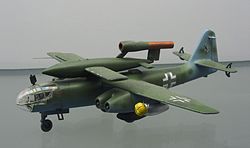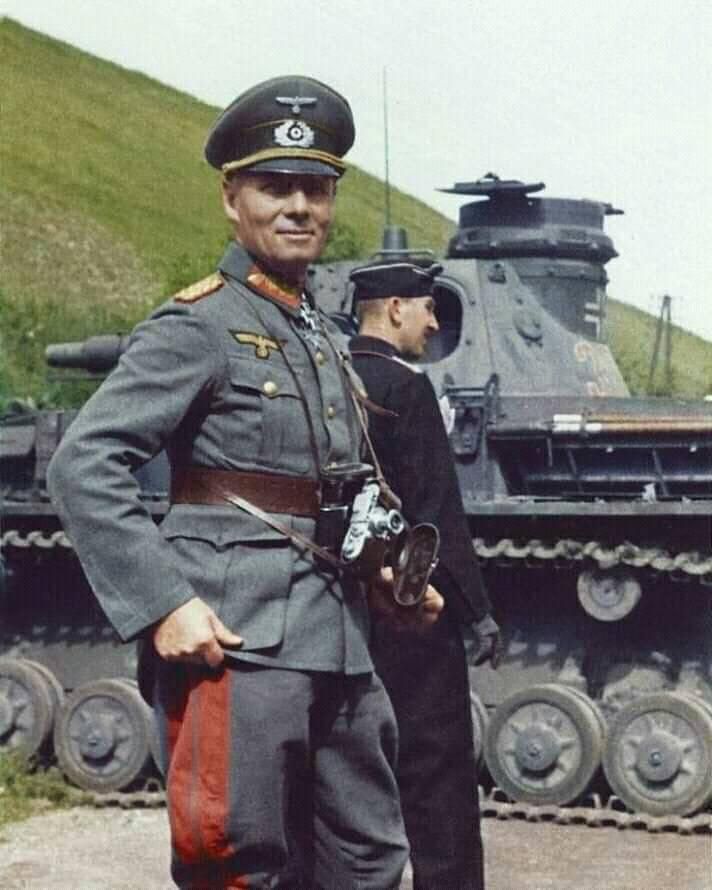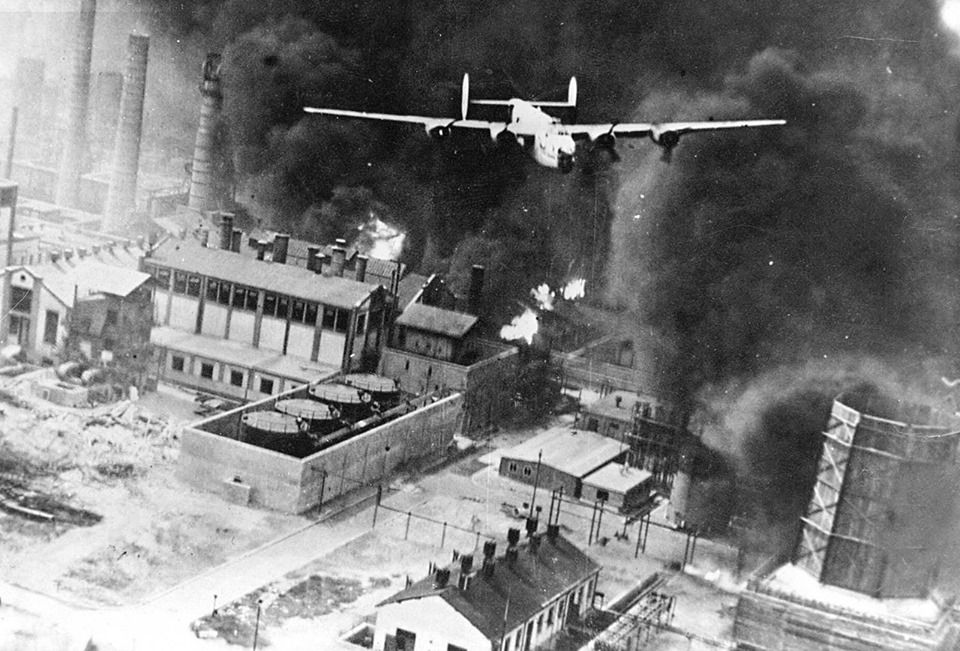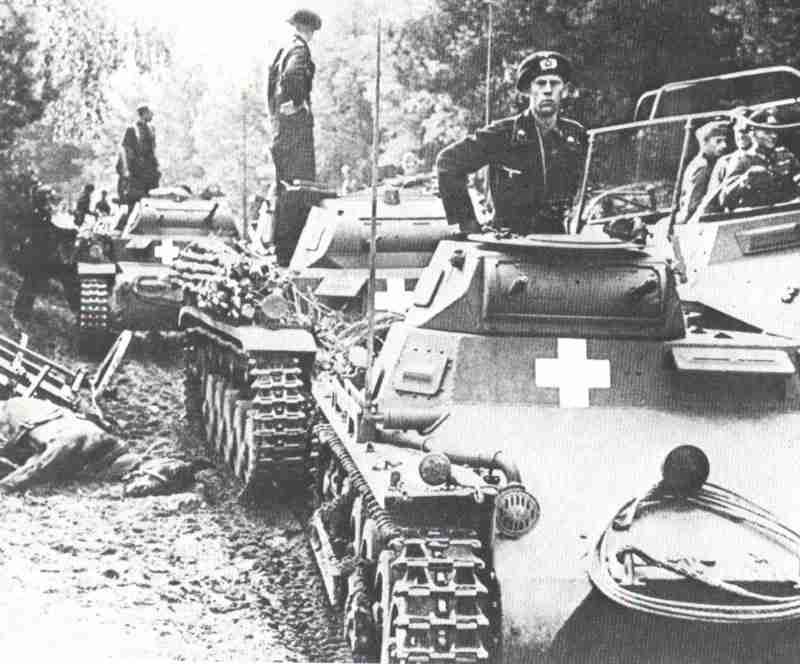Missed it by a few days, but: 75 years ago last week, my uncle, Bud Piper (a U.S. Army combat engineer), visited Paris…which wasn’t liberated until 24 AUG 44. His story, which I have no reason to doubt, is remarkable.
At the time, American engineer units were “free agents,” for lack of a better term - they would be temporarily attached to this brigade to build a bridge for them, then reassigned to that battalion to clear a path through a minefield for them, and so on. In between assignments, they had down time. My uncle compared it to firefighters at their station house, waiting for a call.
During one of these periods of down time, Bud said, word reached his unit that Paris had been liberated. They were only about 30 miles from the City of Light, so my uncle and a handful of his buddies hopped in a truck and headed down the road.
As Bud explained, “unlike WWI, the front line was riddled with gaps, and some of them were pretty large. We didn’t see any live Germans along the way.” Upon reaching Paris, they drove straight to the Eiffel Tower, parked the truck, got out and started taking pictures, like any other tourists. They got a few strange looks from the locals, Bud said, but they were used to strange looks from the French. While snapping photos, they saw a squad of Germans - still armed - marching a few hundred yards away. “We assumed they were marching off to surrender,” stated Bud.
One of Bud’s squad mates wanted to get his wife some “real Parisian lingerie,” so they set out to find a shop. “We didn’t speak French and couldn’t find anyone who would admit to speaking English, but we managed to find a lingerie shop nearby,” said Bud. “While we were inside, we saw another squad of Germans march right down the street, past the store. At that point, we figured the story about Paris being liberated was just a bullsh*t rumor and high-tailed it out of there. A week later, Paris was liberated for real.”
Hard to believe? Yes. Crazy enough to be true? Yes. My uncle has never been prone to embellishment, exaggeration, etc., so I have no choice but to accept it as true.














